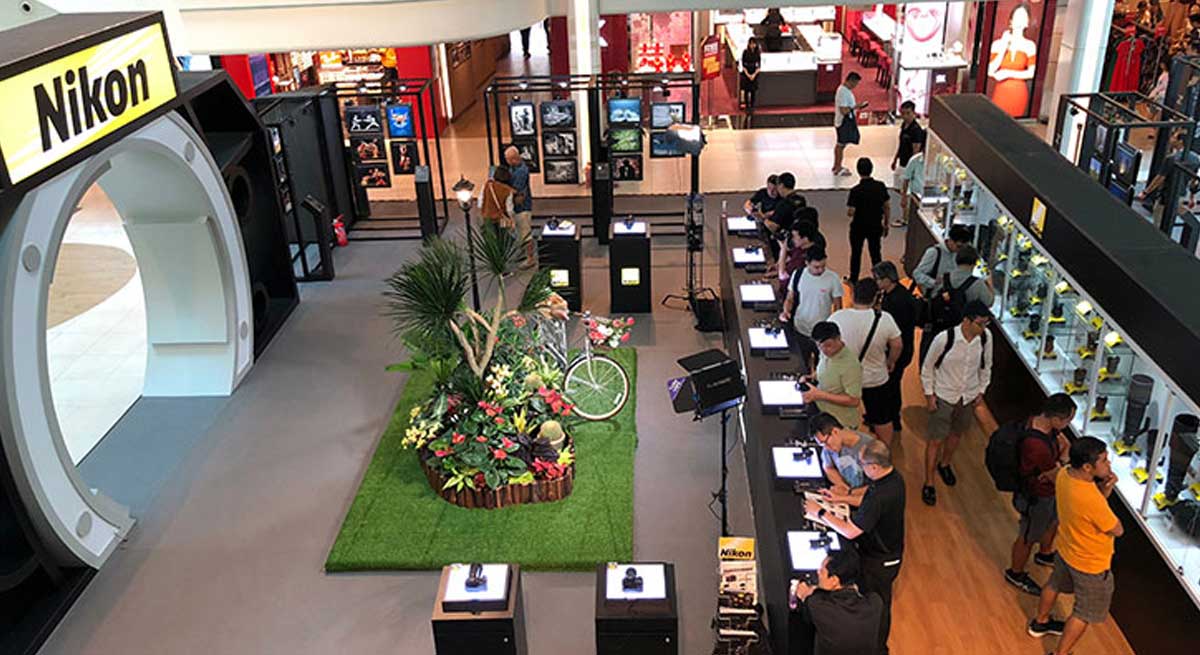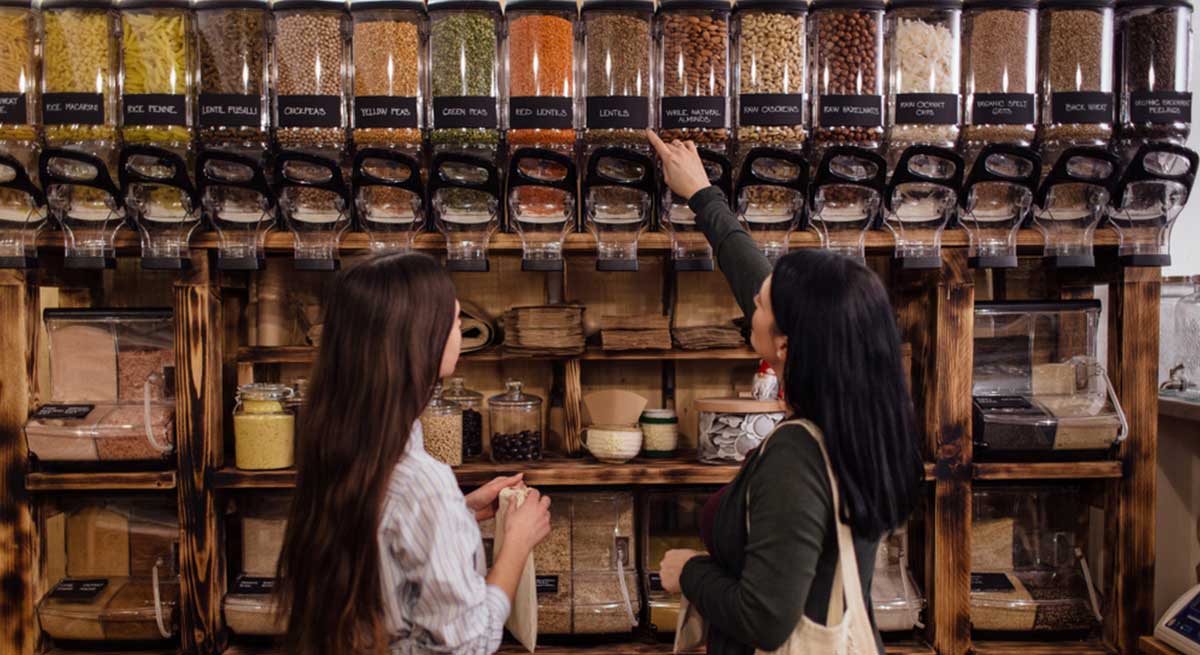

Modern marketers see new words being thrown out in board rooms and conference meetings every day. In today’s time, when Internet is easily accessible and information is abundant, marketers face the challenge of filtering out flashy words from valuable business strategies.
Marketing is evolving rapidly, and marketers are constantly looking for new ways to build a deeper, personal connection between their brand and their audience. Enter, brand activation. In a nutshell, brand activation is a campaign, event, or interaction through which your brand generates awareness and drives consumer actions, building deeper connections with the target audience. Most brand activations use interactive or experiential marketing to wow Gen Z and younger millennials. But brand activation is often misunderstood and misconstrued. After all, brand awareness and building connections with the target audience is indeed the goal of every marketing activity. So how is Brand activation any different? Let’s dive in…
Below are 3 of the most effective marketing and brand activation strategies-
1) Experiential marketing:

Probably the most important part of a brand activation strategy is experiential marketing. Sometimes referred to as engagement marketing, experiential marketing is a strategy that brands use to engage with their customers. It allows customers to experience the brand, its ethos and culture through immersive, real-world experiences. These usually are part of a larger event where brands give customers the opportunity to interact with their product/service, while providing a fun and interactive experience for the target audience. But recently, due to augmented and virtual reality picking up the pace, brands have also leveraged virtual tours, games etc. to engage with their customers.
2. In-store brand activations:


This strategy is hugely popular with B2C brands and retailers. They invite customers to their business headquarters where they provide accommodations, food, and beverage while people get the chance to interact with their product/services. Sometimes, some brands also provide customers an opportunity to meet the people who design, market, and sell their products.
3. Sampling and free trial campaigns:

Providing customers free samples or trials of the product/service is a tactic well-known. It allows the customer to experience the product/service firsthand before making the decision to buy it. Usually, with sampling and free trial campaigns, customers leave with a new-found appreciation for the brand and its product/service. This also helps in connecting with the target audience and building trust.
However, you may ask why is Brand Activation so important now?
Well, to stay relevant. With the market changing in the blink of an eye and brands becoming insignificant with every passing day, you would want to grow your brand in the long term. Why should people care about your brand? How is it different from others in your industry and how do you engage with them? How will you ensure that your brand keeps growing and stays ahead in these disruptive times? Brand activation is your answer.
Letting people know about your brand is one thing but letting them experience it and maintaining a rapport with them is what builds trust between a brand and its customers. It also helps your company to know what is working and eventually gives your brand the boost it needs to grow.
If you’re still confused about how to activate your brand to get results and build stronger, deeper relationships with your customers, then don’t worry. We help brands with activation strategies, digital brand activation and assist in creating immersive and interactive experiences for their audience, leading to higher revenue. Reach out to us on business@sociomark.in or DM us on our socials and we’ll be glad to help!


